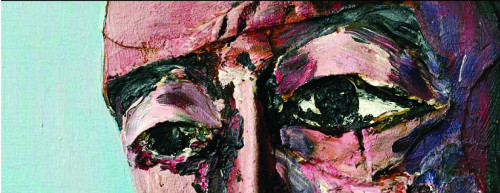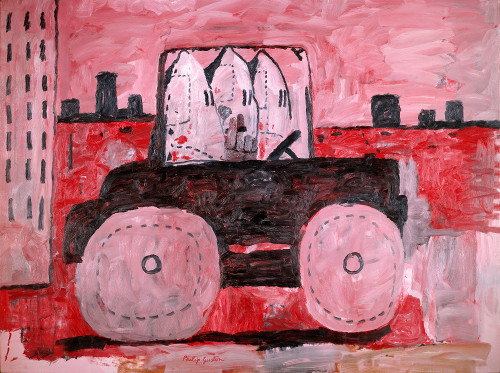CURATOR'S CHOICE SM
Exhibition Reviews
| Home | | Museum
Guide | | International |
| Theater |
|
PAULANNE SIMMONS Brooklyn Museum Celebrates the 50th Anniversary of the Civil Rights Act
Witness: Art and Civil Rights in the Sixties
The Civil Rights Movement was a time of turbulence. It also was a time of great artistic expression. The Brooklyn Museum's new exhibit, "Witness: Art and Civil Rights in the Sixties," documents both. The exhibit, organized by Teresa A. Carbone, curator of American Art at the Brooklyn Museum, and Kellie Jones, Associate Professor in the Department of Art History and Archeology at Columbia University, is divided into eight sections: Integrate/Educate, American Nightmare, Presenting Evidence, Politicizing Pop, Black Is Beautiful, Sisterhood, Global Liberation and Beloved Community. Each of these sections illustrates an aspect of the movement and the art it generated. One of the surprising features of the Civil Rights Movement is how young were so many of the participants. "Witness" celebrates and documents this with many works, from Norman Rockwell's "New Kids in the Neighborhood" to Edward Kleinholz boxed black and white dolls, "It Takes Two to Integrate (Cha, Cha, Cha). Bruce Davidson's photograph of a burning cross, "Ku Klux Klan Rally, Atlanta, Georgia," and Melvin Edward's sculpture of welded steel and chains, "Chaino," are both searing indictments of the violence and repression the movement faced. This sometimes resulted in death, as the photo of the abandoned car of the martyred Viola Luzzo, Bruce Davidson's "Viola Liuzzo Crime Scene, Selma March," demonstrates. Although Pop Art was mostly apolitical, several pop artists made not-so-subtle allusions to the movement. Jim Dine's "Three Rainbows for Core" presents a hopeful vision of the future, while Faith Ringgold's "Flag for the Moon: Die Nigger" has a message so controversial one corporation refused to buy it. One of the most striking works in the exhibit is Barkley Hendrix's "Lawdy Mama," which presents a young woman against a gold background, much like a medieval madonna. It presents a striking contrast with the closeup of the sweating Mohamed Ali by Gordon Parks. Joe Overstreet's abstraction, "Justice, Peace, Faith, and Hope" may leave some viewers scratching their head, but there can no question about the emotional content of Charels Moore's photograph of freedom marchers holding hands and singing "We Shall Overcome" or George Tooker's "Supper." Sam Cooke once sang, "It's been a long, long time coming."
The change he was waiting for may not have completely arrived, but "Witness"
certainly gives insight into the struggle to bring it about.
|

